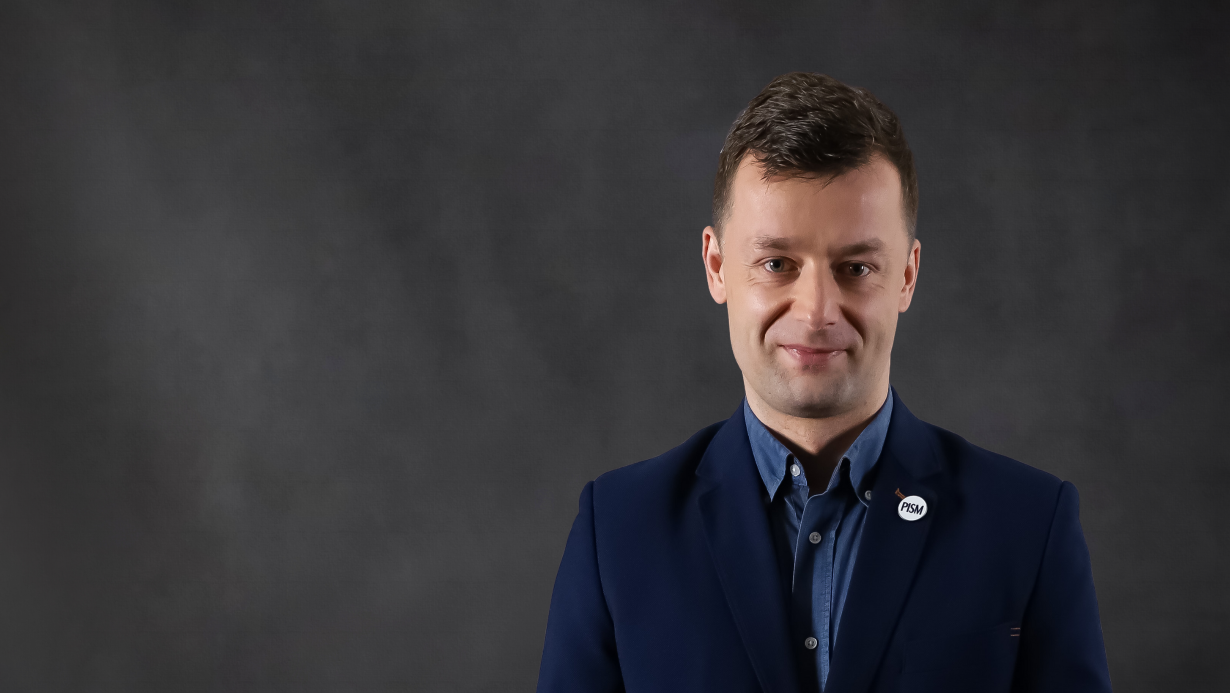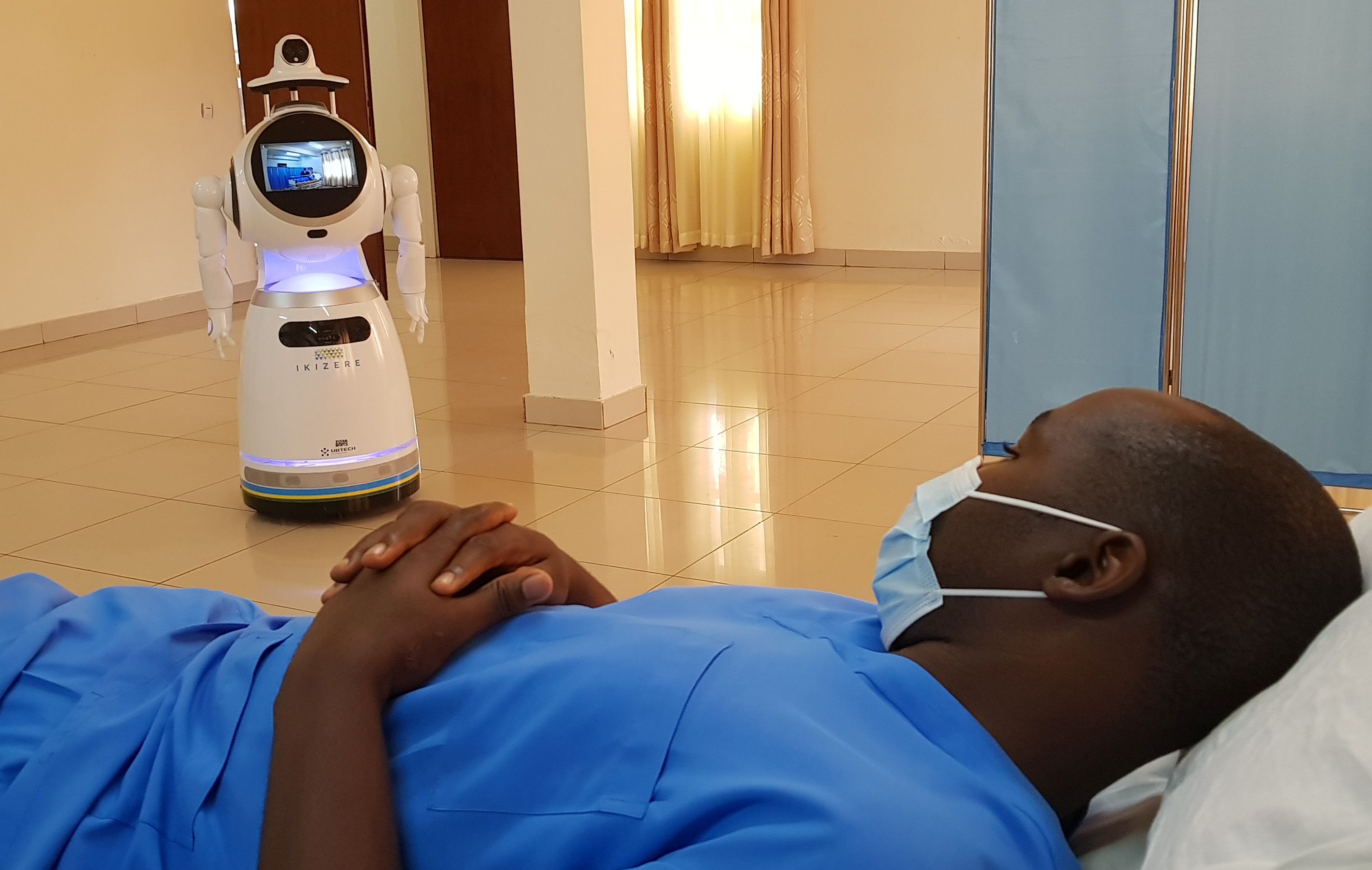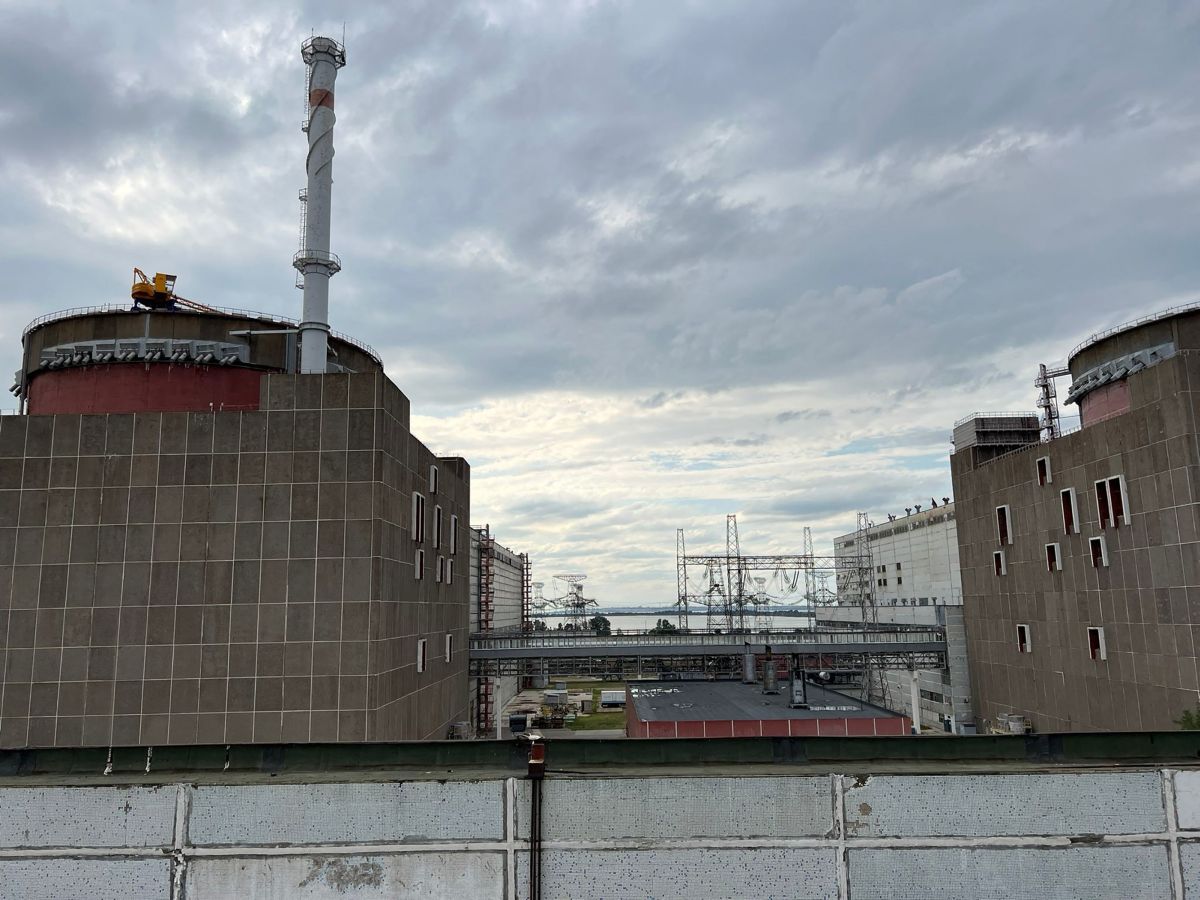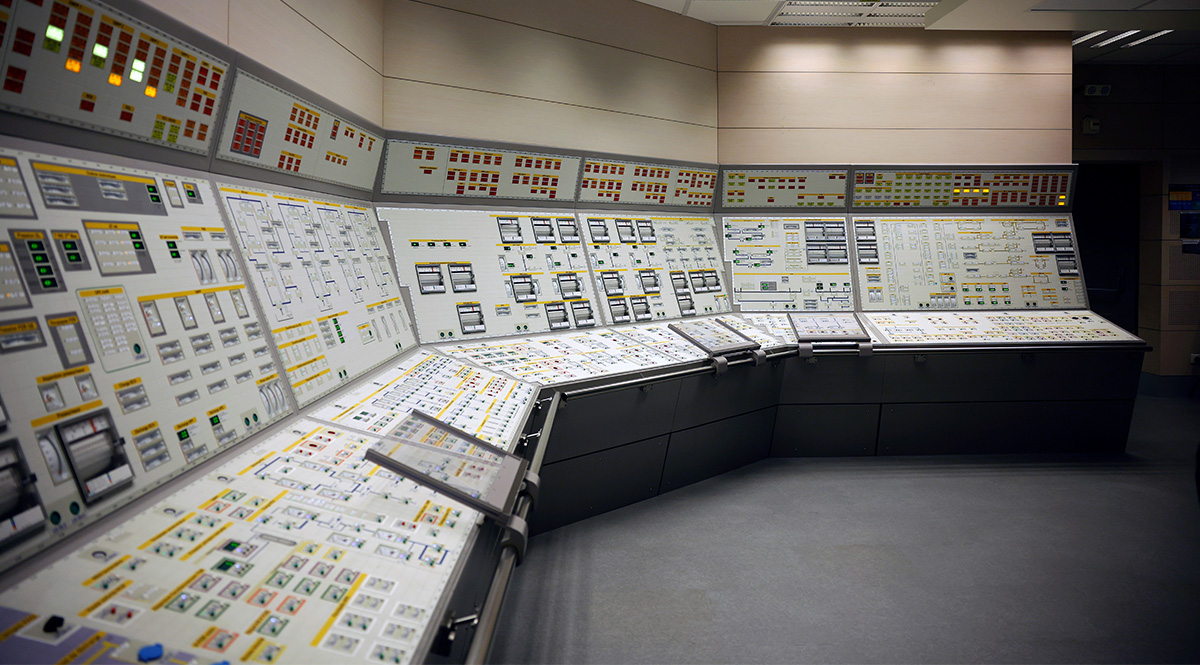U.S. Rivalry with Russia and China over Nuclear Technology in Africa Heating Up
The second U.S.-Africa Nuclear Energy Summit took place in Nairobi from 27-30 August. During the event, U.S. and Ghanaian companies reached an agreement to build a small modular reactor (SMR) in Ghana and to establish a regional centre for the training of nuclear energy personnel. This proposal, apart from its economic dimension, is an attempt to challenge the dominance of Russia and China in the area of nuclear technology development in Africa.
.png) SUMAYA HISHAM / Reuters / Forum
SUMAYA HISHAM / Reuters / Forum
Africa is currently the least-developed continent in the area of nuclear energy. While it accounts for 10-11% of the world’s consumed energy, in Africa the share is only 0.5% and is based on the only functioning power plant, Koeberg in South Africa. A second one, from July 2022, is being built in El Dabaa, Egypt, (4 reactors with a capacity of 4,400 MW) by Russia's Rosatom. However, a number of countries, including Ghana, Nigeria, Sudan, Rwanda, Kenya, and Zambia, are developing national nuclear programmes to increase access to electricity (600 million people in Africa do not have it) and to reduce emissions in order to achieve climate neutrality in Africa by 2050. In view of these processes, the African Union (AU) established in 2010 the African Nuclear Energy Agency (AFCONE). Since 2023, it has been implementing a five-year programme to enhance the security of the sector (especially the circulation of radioactive materials) on the continent, supported by the European Union (EU) and Finland.
The first U.S.-Africa Nuclear Energy Summit (USANES), bringing together industry and government agencies, was held in Accra, Ghana, in 2023. This year’s in Nairobi was attended by delegations from the U.S., South Africa, Ghana, Nigeria, Uganda, Tanzania, Cameroon, Morocco, Ethiopia, Burkina Faso, Benin, Namibia, Somalia, Mauritius, and France. The next one is expected to convene in 2025 in Kigali (Rwanda).
The International Dimension
In previous decades, the countries most involved in nuclear energy cooperation with Africa were Russia and China. In 2012, the China Atomic Energy Authority, in cooperation with the International Atomic Energy Agency (IAEA), opened a scholarship programme for students and PhD students from African and South Asian countries wishing to develop national nuclear programmes. It served, among other things, to provide training in Chinese procedures and equipment to increase the chances of African countries purchasing them. Now, with more than 50 operating reactors and experience in building them rapidly, China is an attractive partner for countries wanting to build them. Uganda, for example, last year agreed with China to support the construction of a 2 GW unit, the first unit (1 GW) of which would be connected to the grid in 2031. Cooperation in this area was one of the themes of the ninth Forum on China-Africa Cooperation (FOCAC) on 4-6 September this year, where, among other things, a relevant agreement was signed by the Sudanese authorities.
Cooperation with Russia dates back to the 1960s when the USSR maintained close ties with a number of fledgling African countries, such as Ghana, which, under President Kwame Nkrumah, began the construction of its first reactor (it was not completed). In the last decade, Rosatom has concluded more than 20 memoranda with African countries for the construction of power plants or research reactors. However, most of these, such as the one concluded with Kenya in 2016, have not led to concrete projects. South Africa’s financially disadvantageous deal concluded by its president, Jacob Zuma, with Russia in 2014 was cancelled three years later amid scandal after the accompanying corruption was exposed. Nevertheless, for Russia, making offers to successive African countries to cooperate in reactor construction was one of the key tools for building an image as an attractive partner supporting development aspirations in Africa. This trend continued despite the launch of the full-scale invasion of Ukraine and dangerous Russian activities at the Zaporizhzhia Nuclear Power Plant. At the Russian-African summit in Saint Petersburg in July 2023 Rosatom reached agreements with Ethiopia, Burundi, and Zimbabwe, and in the following months with pro-Russian, military-led Sahel states Mali and Burkina Faso. For Russia, civil nuclear power is the most important area in which it has so far been able to prevail over the West, which has not come up with comparable initiatives. However, Russia has not been active in Africa in the area of SMR, despite the development of this technology by Rosatom.
The U.S. development of nuclear cooperation in Africa is primarily driven by a context of political rivalry rather than economic calculus. With the Americans’ quasi-Cold War rivalry with Russia and China in Africa intensifying, the Biden administration is seeking to bridge the gap in areas where the U.S. rivals have an advantage. For example, to undermine China’s dominance in the area of access to critical minerals, it is developing the Lobito Rail Corridor (Zambia–Democratic Republic of Congo–Angola) and supporting projects to develop the production of photovoltaic panels in these countries. The U.S. hopes that in these areas, as well as in nuclear energy, African governments could revise their assessment of the attractiveness of cooperation with Russia and China.
For Kenya, the summit is an opportunity to promote its own role as a continental standard-setting leader on climate issues, or in redefining Africa’s place vis-à-vis the so-called Global North. Its President William Ruto, struggling with a severe crisis of confidence within Kenya itself, is trying to increase his international authority. In addition, the summit serves to promote Kenya’s nuclear programme: the country plans to have a research reactor in operation by 2030 and its own power plant by 2034.
Challenges
The development of the nuclear sector in Africa is burdened by constraints. Few countries have transmission networks capable of receiving and distributing power from standard units generating at least the 1 GW of energy that Russia and China are seeking to build. This could be a problem for Kenya, for example (its network is capable of transmitting 3.3 GW in total). The best-developed infrastructure is in Egypt, Morocco, Algeria, and Nigeria with networks serving more than 10 GW, where the smooth integration of nuclear power would be possible. If construction is successful, another major problem could be maintaining the operation of the plants, for which highly skilled staff are needed. African countries are finding it very difficult to retain them, with around 70,000 of the best-educated professionals leaving the continent each year. In 2022 alone, nearly 300 workers resigned from the Koeberg nuclear power plant in South Africa. This calls into question the ability of African countries to ensure the ongoing, safe operation of power plants without the need for ongoing, expensive retention of foreign personnel.
The rising cost of living increases the risk of social unrest—on a continental scale, this has doubled in recent years. This, in turn, undermines predictability about governments’ control over the situation in their countries and the security of multi-year investments. In turn, the growing activity of ISIS in Africa increases the threat of terrorism, which could also affect nuclear infrastructure. These factors make the development of large nuclear projects on the continent, especially standard power plants that take several years to build, unlikely. Cheaper and quicker-to-deploy SMR technology, designed to serve individual businesses (e.g., factories), may be more suitable for African conditions.
Conclusions
The U.S. wants to challenge the existing dominance of Russia and China in one sensitive area in which these countries have so far had the upper hand over the West. Ghana, Kenya, and Rwanda—the three countries that are closest to the U.S. in the USANES format—are clearly taking pro-Western positions on global issues. The success or failure of the first U.S. SMR projects in Ghana will be an important point of reference for the pro-Russian governments of Burkina Faso and Mali, which have agreements to build reactors with Rosatom. The presence of a delegation from Burkina Faso in Nairobi shows that—despite the rhetoric—technological cooperation is possible there, and a promising channel for dialogue is opening up in the area.
Regardless of the long-term outcome, the entry of the U.S. into the nuclear market in Africa will contribute to the acceleration by a number of countries of their own nuclear programmes, and by Russia and China of SMR technology. There will also be a growing role for the EU in Africa in this area, working with AFCONE on their security. The EU, like the U.S., should discount this cooperation more politically, pointing to the long-term positive effects on Africa’s energy security, technological, and economic development.





